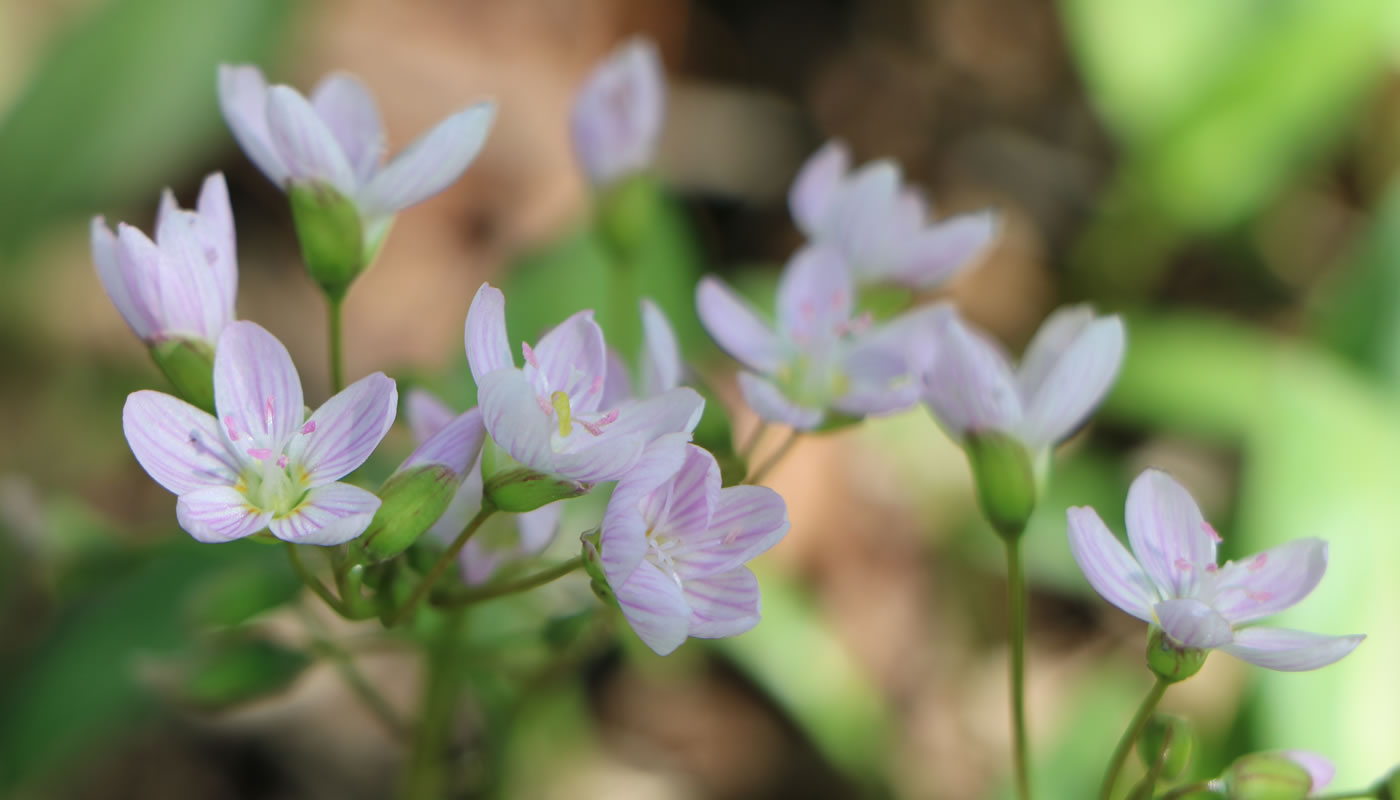Since the dawn of time, people have been keeping track of natural phenomena. They looked for signs of when to plant crops, when large food animals would migrate and when trees would bear fruit.
This was some of the earliest phenology, or the study of the timing of biological phenomena in nature (not to be confused with phrenology, the discredited 18th- and 19th-century practice of studying the shape of people’s heads).
Today, people practice phenology in both casual and serious ways. Those eager for the arrival of spring, may keep an eye out for the first robin or singing cardinal. Naturalists record the first blooms of spring wildflowers and the first migrating waterfowl to land on open water.
In modern times, phenology is as important as ever as we begin to experience the effects of global climate change on local environments. By comparing historical records of repeating natural events, such as the bloom dates of plant species, with today’s observations, we can measure the degree to which change is happening, and how living organisms are responding.
Henry David Thoreau’s nature observations are one well-known example of the way notes from 150 years ago are still useful today. Similarly, the North American Bird Phenology Program is digitizing 90 years of bird migration observations for use in climate change research. Forest Preserves of Cook County wildlife biologists and naturalists have been recording phenomena for decades as well, information that is being incorporated into our Natural and Cultural Resources Master Plan.
Apart from its scientific use, though, phenology is a great way to enhance your own observations of nature. Use a nature journal to keep track of what you see and when, or write your observations in a calendar. You can make records while hiking in the preserves, or really get an accurate measurement of bloom times by checking the flowers in your yard every day. After more than a year of observations, you’ll be able to place one year against past years to determine whether this year is early, late or right on time.
Many of our nature centers’ Facebook pages are also a great place to stay tapped in to what’s happening on the ground. As soon as they post about this year’s first bloodroot, you can head out to see it.
There are also many phenology-based projects where you can put your observations toward building a database to better understand regional and national trends, including the Chicago Botanic Garden’s Project Budburst and the USA National Phenology Network.

